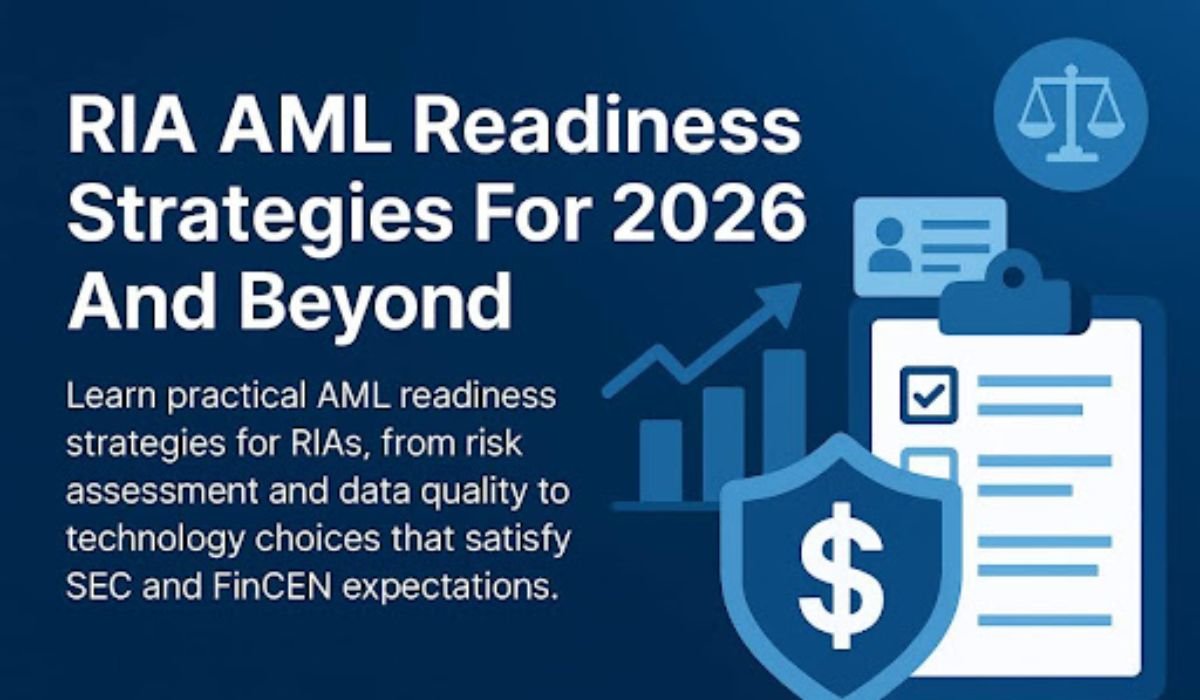Over the past decade, business intelligence (BI) platforms have become ubiquitous. Organizations have dashboards tracking sales funnels, marketing attribution, supply chain trends, customer churn—everything. But for all their visibility, many of these dashboards stop short of delivering real value.
The problem isn’t with the data. It’s with how it’s used.
Staring at charts and graphs doesn’t drive better decisions. People still spend hours interpreting trends, debating metrics, or simply ignoring the dashboard altogether. And when the pressure is on, decision-making often defaults to instinct or static reports instead of dynamic insights.
The truth is, BI alone doesn’t close the loop between knowing and doing. It tells you what’s happening, but not what to do about it. That’s why businesses are moving beyond traditional dashboards and embracing something more actionable: decision intelligence.
Decision intelligence brings together data, analytics, and business logic to create systems that don’t just inform—but guide. It answers questions like:
- What’s likely to happen next?
- Why is it happening?
- What’s the best course of action based on context?
And most importantly, it enables you to act — not just analyze.
As complexity increases across every industry, the need to shorten the distance between insight and execution becomes critical. That’s where decision intelligence fills the gap. It helps organizations move from passive observation to active resolution.
Combine Data + Context: Turning Insight Into Impact
At its core, decision intelligence isn’t about having more data—it’s about bringing together the right data with operational context, including policies, business rules, constraints, and goals. Achieving this clarity requires a solid foundation of data management services that ensure data is accurate, accessible, and aligned with business objectives—so your systems understand not just what’s happening, but what truly matters.
This is where many BI tools fall short. They assume the user will interpret the data correctly, understand the cause, and choose the best response. That’s a lot to expect—especially when teams are juggling multiple inputs, departments, and timelines.
A decision intelligence layer solves this by stitching together three core elements:
- Descriptive analytics – What is happening?
- Predictive analytics – What will happen if trends continue?
- Prescriptive logic – Given this context, what should we do?
Let’s take a practical example.
A retail company notices a drop in product sales in a specific region. A BI dashboard will show the dip, maybe highlight it in red. But what happens next?
With a decision intelligence system in place, the platform can automatically:
- Check regional inventory levels
- Cross-reference with recent marketing campaigns
- Evaluate competitor pricing trends using predictive analytics
- Recommend discounting strategies or stock reallocation
- Simulate the potential outcomes of each action
And all this happens with minimal human input — not to replace decision-makers, but to support them with intelligent, real-time options.
The power lies in the combination: data + logic + context = actionable clarity.
And that’s where data activation plays a key role.
Traditional data pipelines focus on collection and storage. But data activation is about making that data useful—at the right time, in the right tool, for the right person. It means surfacing insights within workflows, not buried in dashboards. It’s the difference between a report you look at and a signal that prompts immediate action.
By embedding data activation into business systems — from CRM to ERP to supply chain tools — organizations reduce decision fatigue and increase responsiveness.
Drive Proactive Business Decisions
Too many companies still operate reactively. A customer churns, and only then do they analyze the warning signs. Inventory runs out, and then they scramble to restock. Campaigns underperform, and only after the quarter ends do they optimize.
This delay between insight and execution is expensive. It wastes time, misses opportunities, and erodes customer trust.
That’s why decision intelligence isn’t just a technology upgrade — it’s a mindset shift.
It reframes how organizations think about decisions. Instead of asking, “What happened?” they begin asking, “What’s about to happen?” And more importantly, “What should we do now to change the outcome?”
To drive these proactive decisions, companies are investing in:
- Real-time data pipelines
- Automated recommendations
- Closed-loop feedback systems
- Scenario planning powered by predictive analytics
- Triggers and alerts tied to business thresholds
And perhaps most crucially, insight-to-action workflows.
Insight-to-action means designing the system so that the person receiving the information doesn’t just get a report — they get a recommendation, with context, and a direct path to act. Whether that’s updating a campaign, approving a discount, or adjusting a forecast, the system facilitates the decision, not just the discussion.
In the field, this might look like:
- A sales manager getting alerted when a high-value customer shows signs of churn, along with a retention playbook tailored to that segment
- A supply chain operator receiving automated restock orders based on demand forecasts and supplier timelines
- A marketer getting a recommendation to pause underperforming ads based on ROI thresholds and seasonal trends
All of these are driven by the decision intelligence layer, sitting between raw data and business execution.
Designing Intelligence for the Real World
Too often, analytics strategies are built around technology rather than outcomes. But decision intelligence changes that. It starts with what decisions need to be made, by whom, under what conditions — and then builds the data system backward from there.
It respects the complexity of the real world. Decisions aren’t made in a vacuum. They involve trade-offs, urgency, and conflicting goals. A system that supports decisions must do the same.
And that’s the ultimate role of decision intelligence — not to overwhelm users with more metrics, but to reduce the noise and spotlight what truly matters.
When paired with strong data activation, responsive systems, and trustworthy predictive analytics, it moves your business from reactive to strategic.
So if your teams are drowning in dashboards but starving for clarity, the answer isn’t more charts. It’s a smarter layer — one that understands your context, guides your people, and closes the gap between knowing and doing.
It’s time to stop reporting and start deciding.
YOU MAY ALSO LIKE: The 72 SOLD Lawsuit: What Homeowners Need to Know About Speed, Fees, and Broken Promises











